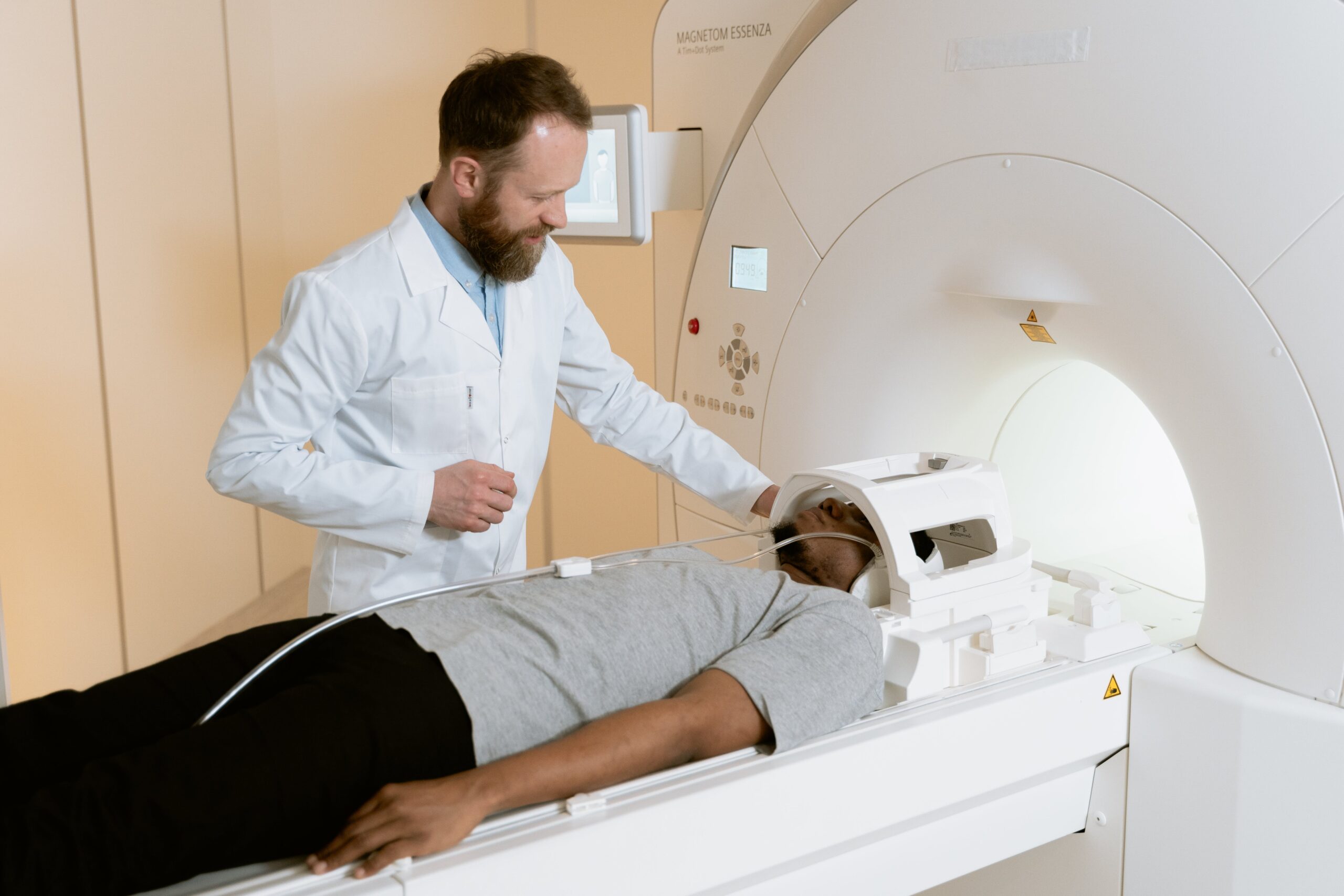Introduction: Magnetic Resonance Imaging (MRI) has become an essential tool in the field of sports medicine, enabling the accurate diagnosis and evaluation of injuries sustained by athletes. The article begins with an introduction to the growing importance of MRI in this specialized medical field, highlighting its non-invasive nature and ability to provide highly detailed images of anatomical structures.
Part 1: Basics of MRI in Sports Medicine
Understanding the Principles of MRI: This section delves into the core principles of MRI. It explains how MRI uses strong magnetic fields and radio waves to generate images, emphasizing its non-ionizing nature, making it safe for athletes. The discussion includes details about the formation of images and the quality of information MRI provides.
Comparing MRI to Other Diagnostic Methods: Here, we compare MRI to traditional diagnostic methods commonly used in sports medicine. We highlight the limitations of X-rays and CT scans and how MRI surpasses them by offering superior soft tissue visualization and the absence of ionizing radiation, which is crucial for the safety of athletes.
Typical Sports-Related Injuries Diagnosed by MRI: This section provides a comprehensive list of the common sports-related injuries that are diagnosed and evaluated using MRI. This includes but is not limited to ACL tears, meniscal injuries, rotator cuff tears, stress fractures, and other soft tissue injuries that affect athletes.
Part 2: The MRI Process in Sports Medicine
Preparing the Athlete for MRI: In this part, we discuss the steps taken before the actual MRI scan. This includes instructing the athlete to remove any metallic objects, clothing, and jewelry, ensuring their comfort and the quality of images. Additionally, collecting the athlete's medical history and relevant clinical information is stressed as this aids radiologists in their evaluation.
Types of MRI in Sports Medicine: We explore the various types of MRI used in sports medicine, such as structural, functional, and specialized imaging techniques. Each type is explained in terms of its applications and how it is selected based on the specific injury or diagnostic needs.
Scanning Protocols: Here, we provide insights into the critical aspect of MRI scanning protocols. This section explains the selection of appropriate MRI scanners, scanning parameters, and the use of contrast agents if needed. The choice of field strength and coils used is discussed in relation to how they impact the quality and accuracy of the images.
Part 3: Applying MRI in the Evaluation of Athletic Injuries
Diagnosing Joint and Osteoarticular Injuries: This section highlights how MRI is an indispensable tool for diagnosing joint and osteoarticular injuries in athletes. We discuss the precision of MRI in diagnosing conditions like ACL tears, meniscal injuries, and bone contusions, and how this information helps tailor treatment plans.
Assessing Soft Tissue Injuries: Here, the focus shifts to the diagnosis of soft tissue injuries, including muscle, ligament, and tendon issues. The value of MRI in identifying tears, inflammation, and degeneration is emphasized, showcasing its role in designing rehabilitation programs and monitoring recovery.
MRI in Traumatic Brain and Spinal Cord Injuries: The article also explores the utility of MRI in traumatic head injuries and spinal cord trauma, shedding light on how it offers precise insights into the extent of damage, crucial for prompt and accurate treatment decisions.
Part 4: Clinical Examples and Research Findings
Illustrating the Clinical Utility of MRI: This section uses real-world case studies to demonstrate how MRI plays a crucial role in sports medicine. These cases show how MRI aids in diagnosing injuries accurately, guiding surgical interventions, and predicting athlete recovery timelines.
Research and Advancements: The article concludes with a discussion of ongoing research that continues to expand our understanding of MRI's applications in sports medicine. We emphasize how advanced MRI techniques and imaging parameters are improving diagnostic accuracy and treatment outcomes for athletes.
Part 5: Conclusion
The concluding section summarizes the critical role of MRI in sports medicine, highlighting its non-invasive, high-detail diagnostic approach for a range of athletic injuries. It stresses the transformative impact MRI has had on sports medicine and how it supports athletes in their journey to recovery and peak performance. The conclusion also hints at the future of MRI in sports medicine, suggesting that its role will continue to grow with advancing technology and research.
